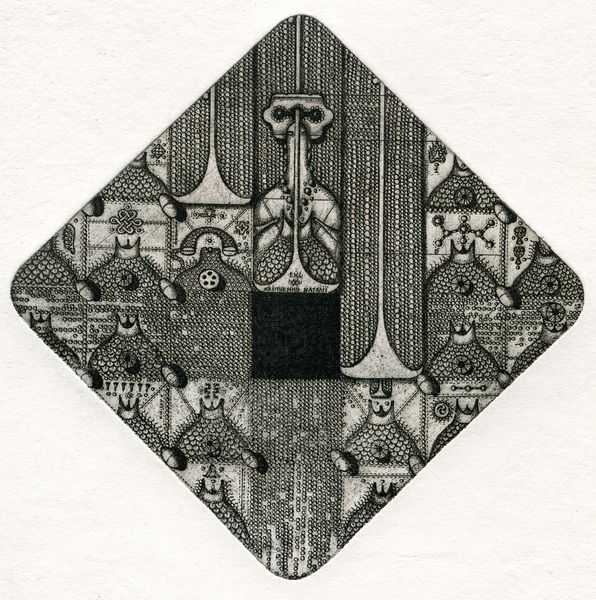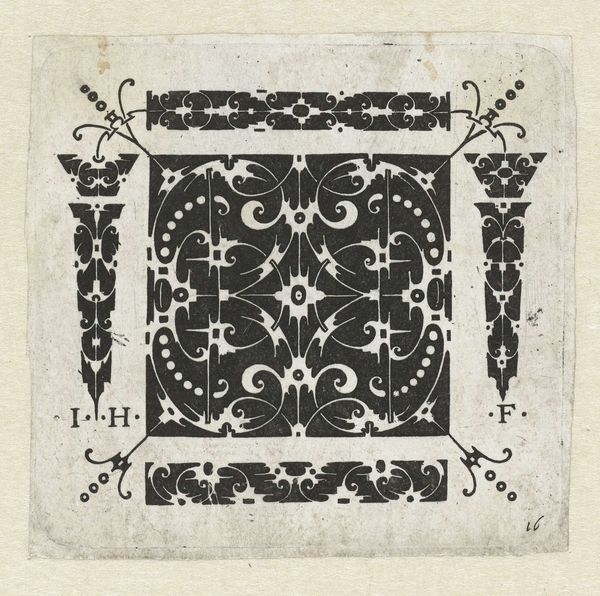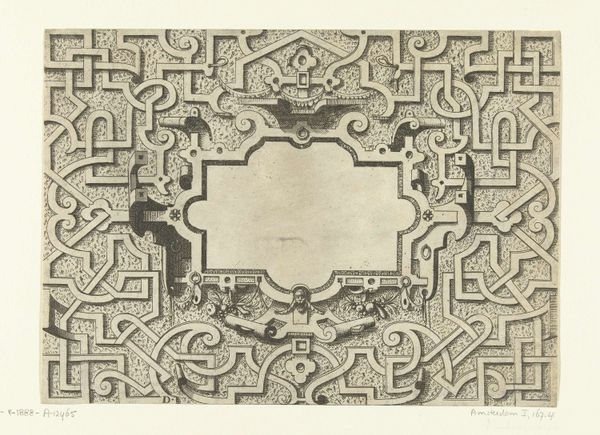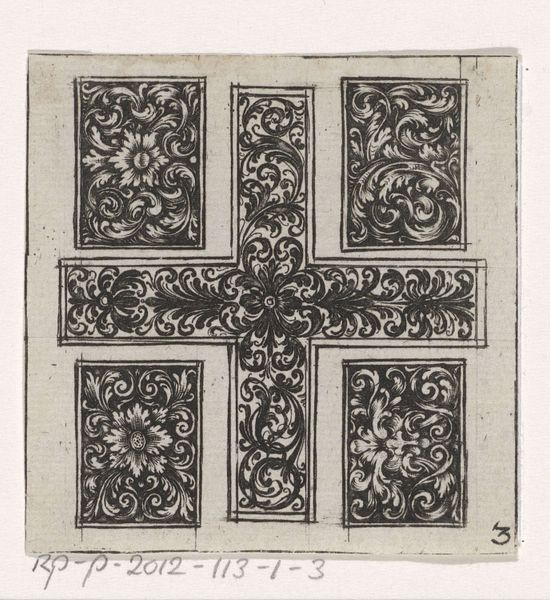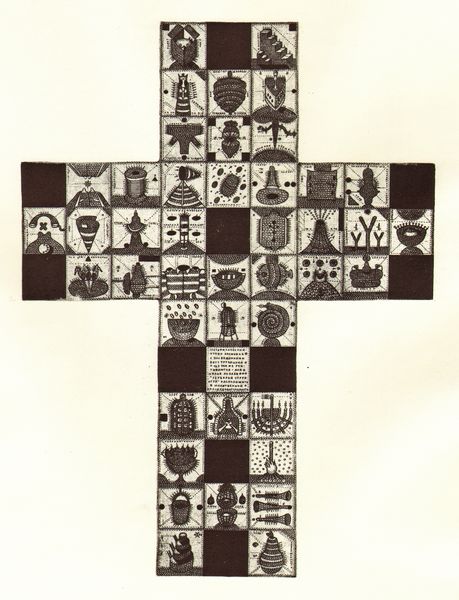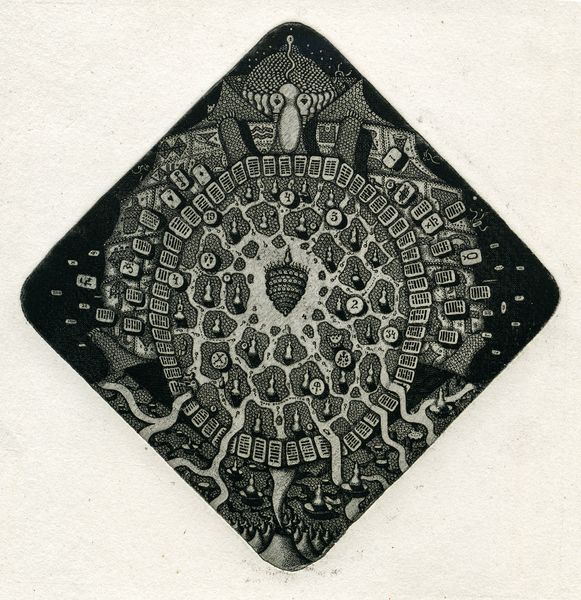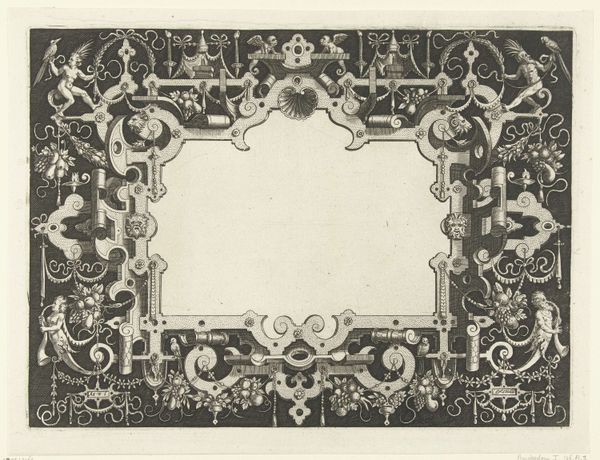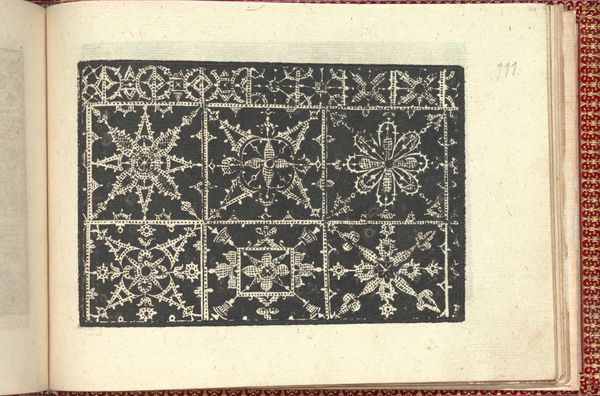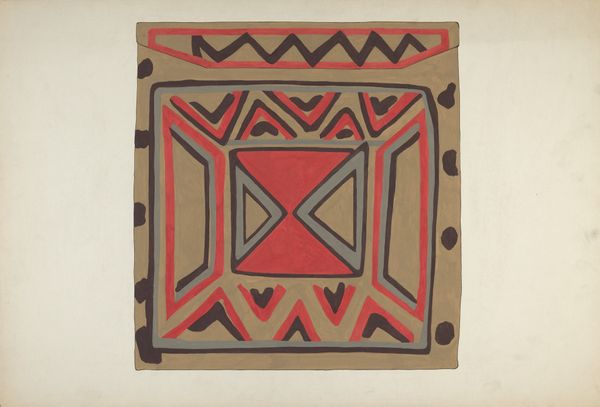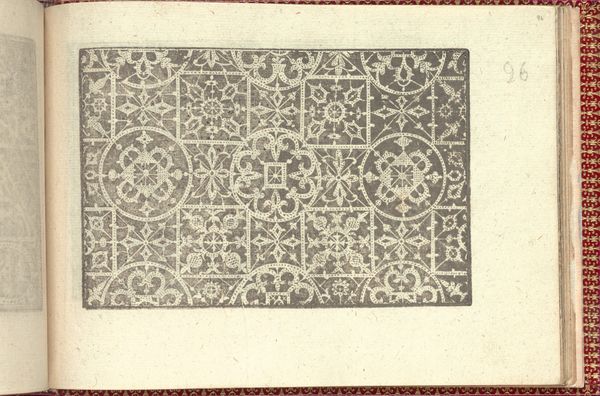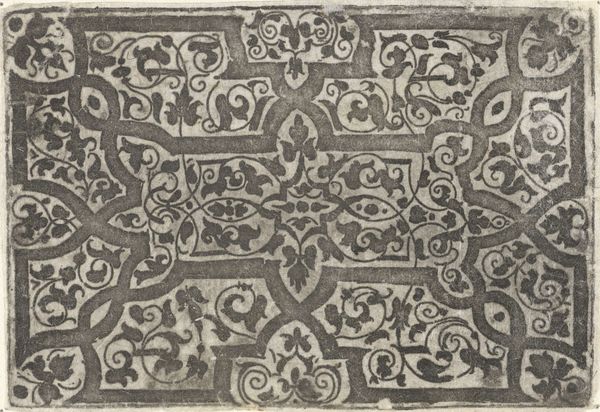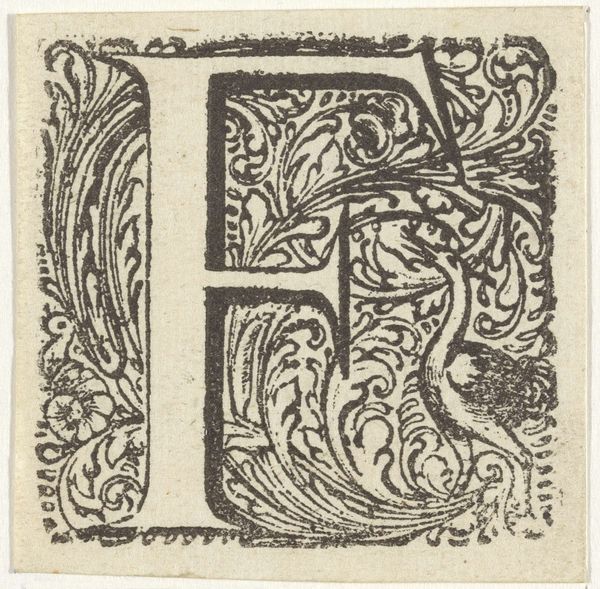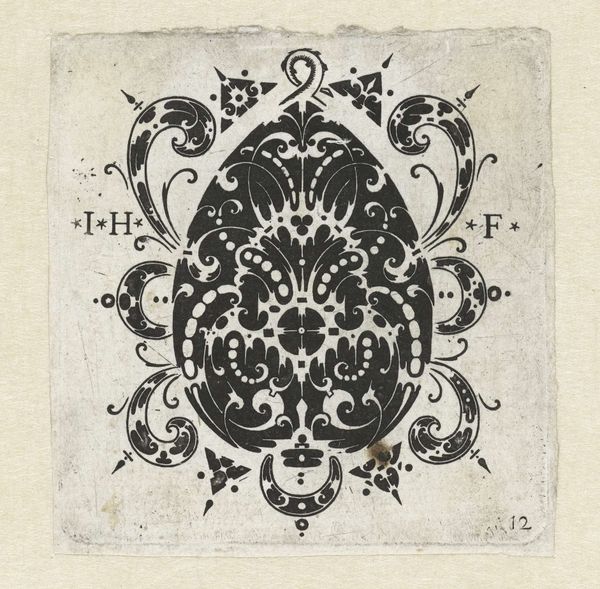
graphic-art, print, linocut
#
graphic-art
#
pen drawing
# print
#
linocut
#
linocut print
#
geometric
#
abstraction
Copyright: Oleksandr Aksinin,Fair Use
Curator: Let’s discuss "In Memoriam K. Jaspers," a 1983 linocut print by Oleksandr Aksinin. Editor: Woah, I see a haunted chessboard designed by aliens! Seriously, this artwork pulsates with mystery and a somber kind of energy. The precision is stunning, it draws you in and makes you consider the depth beyond first impressions. Curator: Indeed. Aksinin, working during a time of Soviet oppression, subtly critiqued the control of the individual. These seemingly decorative geometric shapes read as coded symbols representative of controlled subjects. The central void could be read as negative space representing what has been repressed by authority. Editor: Yes, the repetition... it gives me chills. The dark and the light, the little figures pressed into formation, reminds me a bit of surveillance culture – like, is this memorial really a warning? I find it fascinating, if also unsettling. What do you think Jasper's work has to do with this oppressive system of government and the theme of social repression that can be attributed to it? Curator: Karl Jaspers was a German existentialist philosopher concerned with individual freedom within societal structures, particularly during times of political extremism. The 'In Memoriam' suggests Aksinin's admiration for Jaspers's ideas, and that they've helped fortify his conviction and, or perhaps have assisted with deciphering and criticizing Soviet structures. The figures on each border form that oppressive regime and system. Each form shows their place and the way they interact as a unit in governance. It brings focus to what is being oppressed by that central void, the space left to those that it most immediately effects. Editor: You put words to what I feel, how brilliant! This blend of art, philosophy, and political commentary just hits you. This makes me see something entirely different within this artwork. From chessboard to something more sobering about freedom. This just isn't just art. Curator: Exactly, it serves as a stark visual testament to the enduring power of the human spirit, even under pressure. Aksinin invites us to not only remember Jaspers but to reflect upon the essence of what it means to live authentically. Editor: I walk away thinking not only of Jaspers but also of Aleksander Aksinin. This piece definitely leaves its mark!
Comments
No comments
Be the first to comment and join the conversation on the ultimate creative platform.
